Imaging Earth
© Edward Burtynsky, CC BY 4.0 https://doi.org/10.11647/OBP.0193.14
Having spent close to forty years bearing witness to some of the largest extractive industries in the world, I have gained a unique perspective on the state of Planet Earth under the increasing burden of unprecedented human population growth and affluence. All living species must take from nature to survive, and we are no different. But unlike other species, there seems to be no end to our quest for food, comfort, shelter, sex — the fundamental necessities of survival that are now pursued in overdrive, far beyond our existential needs. We are compelled to progress, and have extracted resources from the land since we first stood on two feet. The entire twentieth century has been a revving up of this large consumptive engine, and this insatiable human striving has assaulted the very planet that sustains us. In a very short period of time, humankind, with its population explosion, industry and technology, has become an agent of immense global change. What this civilization leaves in the wake of its progress may be an opened and emptied Earth. But in performing these incursions, we also participate in the unwitting creation of gigantic monuments to our way of life.
My earliest understanding of deep time and our relationship to Earth’s geological history came from my passion for being in nature. As a teenager, in the late 1960s, I loved to go on fishing trips, canoeing along the pristine isolated waterways of Ontario’s Haliburton Highlands — from Kapuskasing to Cochrane and many far-flung places in between. That experience of wilderness left an enduring mark that still informs my response to landscape. I came to appreciate a state that exists without human intervention or disruption. I would paddle and look at a shoreline I knew hadn’t been affected by humans, a seemingly endless expanse that marched onward with this feeling of eternity and immutability. It gave me the sense that we are just a momentary presence inhabiting this place. I think this is where I formed a perspective on our relationship to the world.
I was seven years old when I discovered my love for making art, while painting landscapes alongside my father, who painted as a hobby. I loved the tubes of oil paint and the smell of the linseed oil and the names of their colours: burnt umber, chromium blue, cadmium red. When I was eleven, I got my first camera and a complete darkroom. I immediately fell in love with photography and never looked back.
In the 1970s, I began by photographing the pristine landscape, spending a couple of years creating complex compositions of dense brush. I was honing my colour eye and my sense of how to search for compositions within chaos, learning how to find a point of view. I was learning how to see, practising scales before I could go out and compose my own songs. But I also felt that searching for the sublime in nature was an expression of nostalgia. I wanted to be true to my generation, to the world I lived in. This relevance, I decided, could be best explored by capturing images that showed how our pursuit of progress had dramatically changed the landscape.
It took a long time for my fascination with industry to manifest, though I suppose there were some early indications of this interest. I grew up in St. Catharines, Ontario, where my father worked (as I would also for a short stint) on the production line at the General Motors factory. I was able to experience, first-hand, the scale of machinery necessary to build our cars. At a young age, I saw engines being cast and steering knuckles being stamped out of red-hot ingots held with tongs by men in silver suits. The massive forge presses shook the ground and could be heard half way across the city. Once I knew what lay behind those bland brick factory walls, I would forever understand that place differently. I spent countless hours taking photographs in an abandoned factory that was full of old machinery, with enormous old windows. That early experience sent me on a life-long pursuit to record an industrial world hidden behind brick walls and barb wire fences — the industrial backbone of our economy and lifestyle.
My early professional work in the 1980s focused on capturing images of mines, quarries and rail-cuts — scars left on landscapes from the extraction and transport of Earth’s raw materials to fuel our ever-growing consumption. The initial inspiration for this work was a road trip through the United States. A series of wrong turns landed me in Frackville, Pennsylvania. I remember pulling over to the side of a dirt road, and standing beside the car, surrounded by hills of coal slag. White birch trees were growing up through the black mounds, ponds were full of lime green water. It was a surreal landscape that totally destabilized me. I had never seen nature transformed on this scale before — the scale of the transformation matching only the man-made environment dominated by skyscrapers, sixty- and seventy-stories high, which I first experienced in Toronto. Frackville showed me the potential of the transformed landscape as a subject. I began to search for work that conveyed my thoughts about the industrial landscape, seeking to create images that could challenge people to consider the nature, scale and purpose of our built environments.
As my interest in mines and quarries expanded, I also began to think more about the end products of extractive resource industries. By the mid to late 1990s, the world was becoming increasingly aware of the growing accumulation of waste, unseen by many, yet massive in scale and scope. The end-products of our industrial ingenuity, scrap heaps of metal and plastic, mountains of tires and discarded computer boards, built with limited shelf lives and planned obsolescence, were becoming an increasingly important part of the human landscape. I sought to document the unseen economy working to recover raw materials from these derelict objects, wire by wire, bolt by bolt and bottle by bottle.
In 1997, the year of the ill-fated Kyoto Protocol,1 I had what I refer to as my oil epiphany. It occurred to me that all the vast human-altered landscapes I had pursued for over twenty years had been made possible by the discovery of oil and the development of the internal combustion engine. Over the next twelve years, I researched and photographed the largest oil fields I could find. I also captured images of refineries, freeway interchanges, automobile plants and the scrap industry resulting from the recycling of cars. I began to look at motor culture, where vast tribes come together to celebrate vehicles. During this time, major changes in digital technology were rapidly opening up new ways of generating work. I could now mount and electronically control my camera from a forty-foot pneumatic monopod. By using drones, airplanes and helicopters, I could also achieve a bird’s-eye perspective, rendering subjects such as transportation networks, mining, agriculture and industrial infrastructure more expansively, capturing vistas that had eluded me until then. No longer restricted by the limitations of topography or man-made structures, my lens could now literally fly.
As we entered the new millennium, my focus shifted to exploring the most fundamental aspect of life on Earth. In 2007, I began to think about water as a subject for my work, while on a production tour photographing gold mines in Australia — the first continent in this era to begin drying up. I wanted to find ways to make compelling photographs about the human systems employed to redirect and control water. Through this work, water took on a new meaning for me. I realized that water, unlike oil, is not optional. Without it we perish. Human ingenuity and the development of its industries have allowed us to control the Earth’s water in ways that were unimaginable even just a century ago. While trying to accommodate the growing needs of an expanding and very thirsty civilization, we are reshaping the Earth in colossal ways.
Throughout my work, I have always been aware that lens-based media can be as subjective as other forms of art and storytelling. Yet there still remains a powerful trust of the image as evidence of our doing. I don’t see myself as a reporter or as a documentary photographer, in the classic sense of the word. Rather, I see myself more as someone who is exploring ideas and trying to find images that somehow will be recognizable within a body of work produced over the arc of forty years. The American street photographer, Garry Winogrand, felt that an image succeeded when form and content were on an equal footing — one did not dominate the other. Through my selection of lens, and distance from the scene, I try to flatten the space so that the elements in the image have an equal weighting — there is no predominant object. I favour bright overcast days, so that the shadows are open, and the illumination is an even wash across the entire scene — I don’t want crisp black shadows and bright highlights. I am trying to put everything into a democratic distribution of light and space across the whole field. I want everything to have an equal value so that the viewer will fall into the surface and read the detail. The compression of space through light and optics also yields an ambiguity of scale. By excluding the horizon, I can create walls of texture that challenge our ability to define spatial relationships. The work always leads me to new understandings, and new ways of perceiving.
I believe that powerful images play a small part in the huge job of raising our consciousness about who we are and the impact we are having on the world around us. The images I have captured over the past forty years are meant as metaphors to the dilemma of our modern existence; they search for a dialogue between attraction and repulsion, seduction and fear. We are drawn by desire — a chance at good living, yet we are consciously or unconsciously aware that the world is suffering for our success. But, ultimately, what I’m looking for are interesting places and moments to embody a poetic narrative of the transfigured landscape and its relationship to the industrial supply line, in an attempt to understand their meaning in our lives. We are surrounded by all kinds of consumer goods, and yet we are profoundly detached from the sources of those things. Our lifestyles are made possible by industries all around the world, but we take them for granted, as background to our existence. I feel that by showing those places, which are normally outside our experience but very much a part of our everyday lives, I can add to our understanding of who we are and what we are doing. The world is replete with subject matter.
In our new and powerful role over the planet, we have now become capable of engineering our own demise. We must come to fully appreciate the long-term consequences of our collective and individual actions. My hope is that these pictures will stimulate a process of thinking about something essential to our survival, something we often take for granted — until it’s gone. For more than four decades, I have created images about the man-made transformations our civilization has imposed upon nature. As a husband and father, as an entrepreneur and provider, with a deep gratitude for his birthright in a peace loving and bountiful nation, I feel the urgency to make people aware of important things that are at stake. By describing the problem vividly, by being revelatory and not accusatory, we can help to cultivate a broader conversation about viable solutions, inspiring today’s generation to carry the momentum of this discussion forward, so that succeeding generations may continue experiencing the wonder and magic of planet Earth.
Endnotes
1. Available at https://unfccc.int/resource/docs/convkp/kpeng.pdf
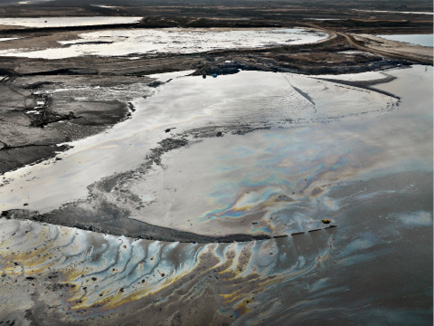
Alberta Oil Sands 14
Fort McMurray, Alberta, Canada, 2007
Photo © Edward Burtynsky, courtesy Flowers Gallery, London / Nicholas Metivier Gallery, Toronto. All rights reserved.
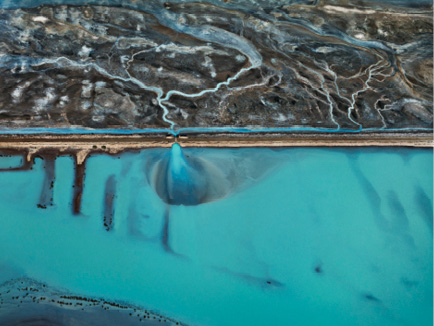
Cerro Prieto Geothermal Power Station
Baja, Mexico, 2012
Photo © Edward Burtynsky, courtesy Flowers Gallery, London / Nicholas Metivier Gallery, Toronto. All rights reserved.
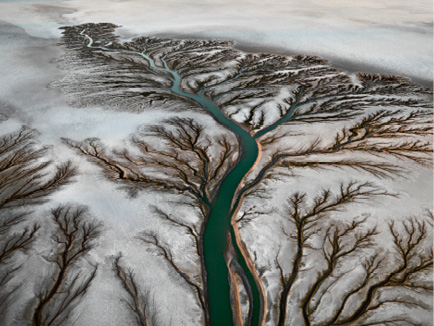
Colorado River Delta 2
Near San Felipe, Baja, Mexico, 2011
Photo © Edward Burtynsky, courtesy Flowers Gallery, London / Nicholas Metivier Gallery, Toronto. All rights reserved.
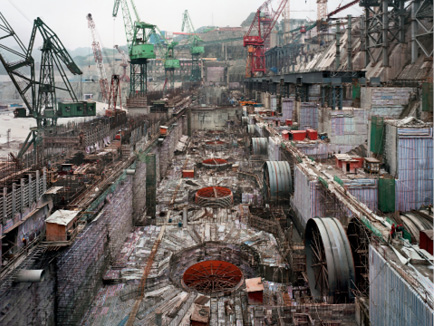
Dam 6, Three Gorges Dam Project
Yangtze River, China, 2005
Photo © Edward Burtynsky, courtesy Flowers Gallery, London / Nicholas Metivier Gallery, Toronto. All rights reserved.
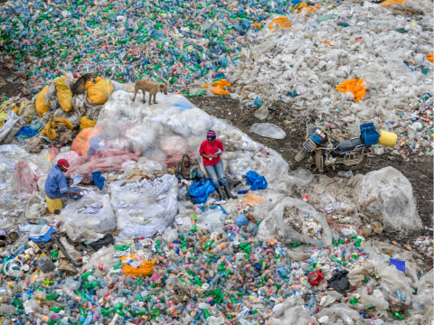
Dandora Landfill 3, Plastics Recycling
Nairobi, Kenya, 2016
Photo © Edward Burtynsky, courtesy Flowers Gallery, London / Nicholas Metivier Gallery, Toronto. All rights reserved.
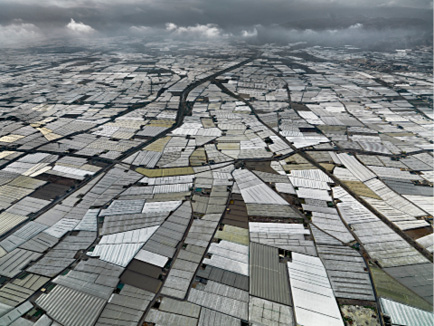
Greenhouses
Almería Peninsula, Spain, 2010
Photo © Edward Burtynsky, courtesy Flowers Gallery, London / Nicholas Metivier Gallery, Toronto. All rights reserved.
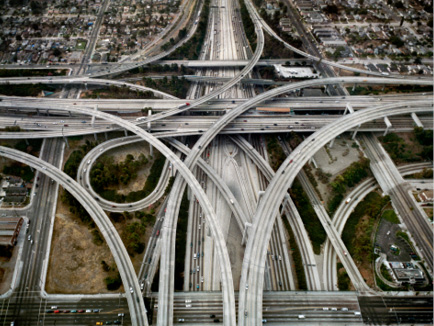
Highway 1
Los Angeles, California, USA, 2003
Photo © Edward Burtynsky, courtesy Flowers Gallery, London / Nicholas Metivier Gallery, Toronto. All rights reserved.
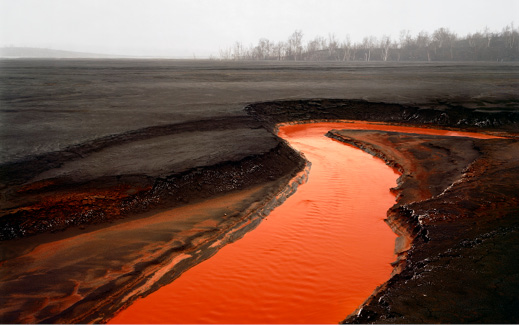
Nickel Tailings 34
Sudbury, Ontario, 1996
Photo © Edward Burtynsky, courtesy Flowers Gallery, London / Nicholas Metivier Gallery, Toronto. All rights reserved.
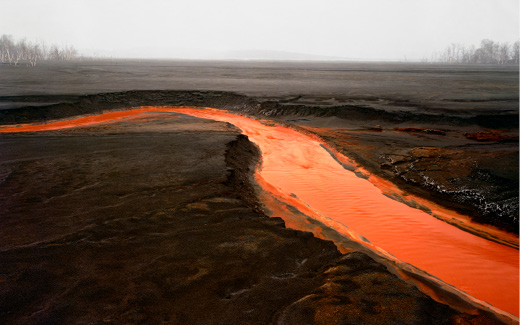
Nickel Tailings 35
Sudbury, Ontario, 1996
Photo © Edward Burtynsky, courtesy Flowers Gallery, London / Nicholas Metivier Gallery, Toronto. All rights reserved.
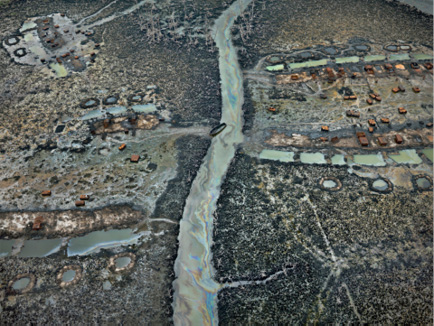
Oil Bunkering 1
Niger Delta, Nigeria, 2016
Photo © Edward Burtynsky, courtesy Flowers Gallery, London / Nicholas Metivier Gallery, Toronto. All rights reserved.
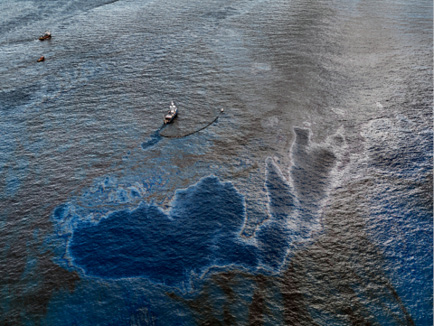
Oil Spill 4, Oil Skimming Boat
Near Ground Zero, Gulf of Mexico, June 24, 2010
Photo © Edward Burtynsky, courtesy Flowers Gallery, London / Nicholas Metivier Gallery, Toronto. All rights reserved.
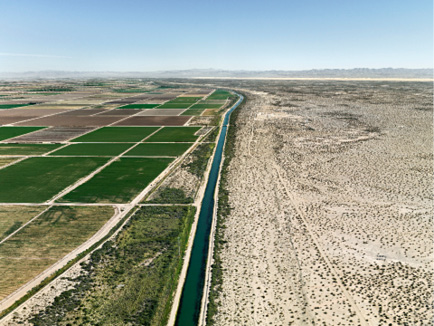
Row-Irrigation, Imperial Valley
Southern California, USA, 2009
Photo © Edward Burtynsky, courtesy Flowers Gallery, London / Nicholas Metivier Gallery, Toronto. All rights reserved.
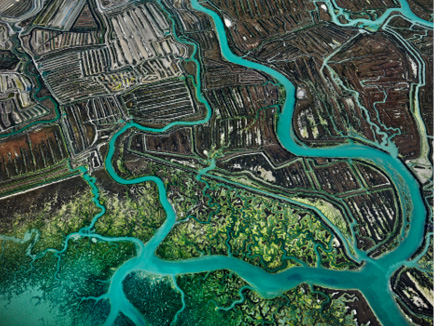
Salinas 3, Cádiz
Spain, 2013
Photo © Edward Burtynsky, courtesy Flowers Gallery, London / Nicholas Metivier Gallery, Toronto. All rights reserved.
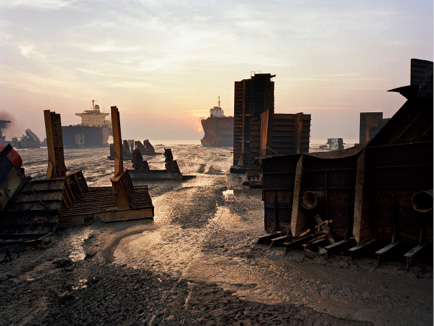
Shipbreaking 13
Chittagong, Bangladesh, 2000
Photo © Edward Burtynsky, courtesy Flowers Gallery, London / Nicholas Metivier Gallery, Toronto. All rights reserved.
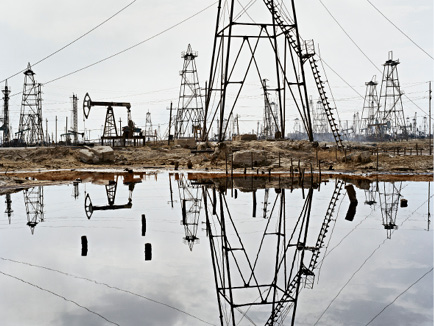
SOCAR Oil Fields 3
Baku, Azerbaijan, 2006
Photo © Edward Burtynsky, courtesy Flowers Gallery, London / Nicholas Metivier Gallery, Toronto. All rights reserved.
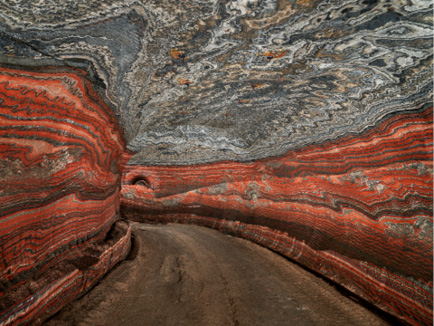
Uralki Potash Mine 2
Berezniki, Russia, 2017
Photo © Edward Burtynsky, courtesy Flowers Gallery, London / Nicholas Metivier Gallery, Toronto. All rights reserved.
